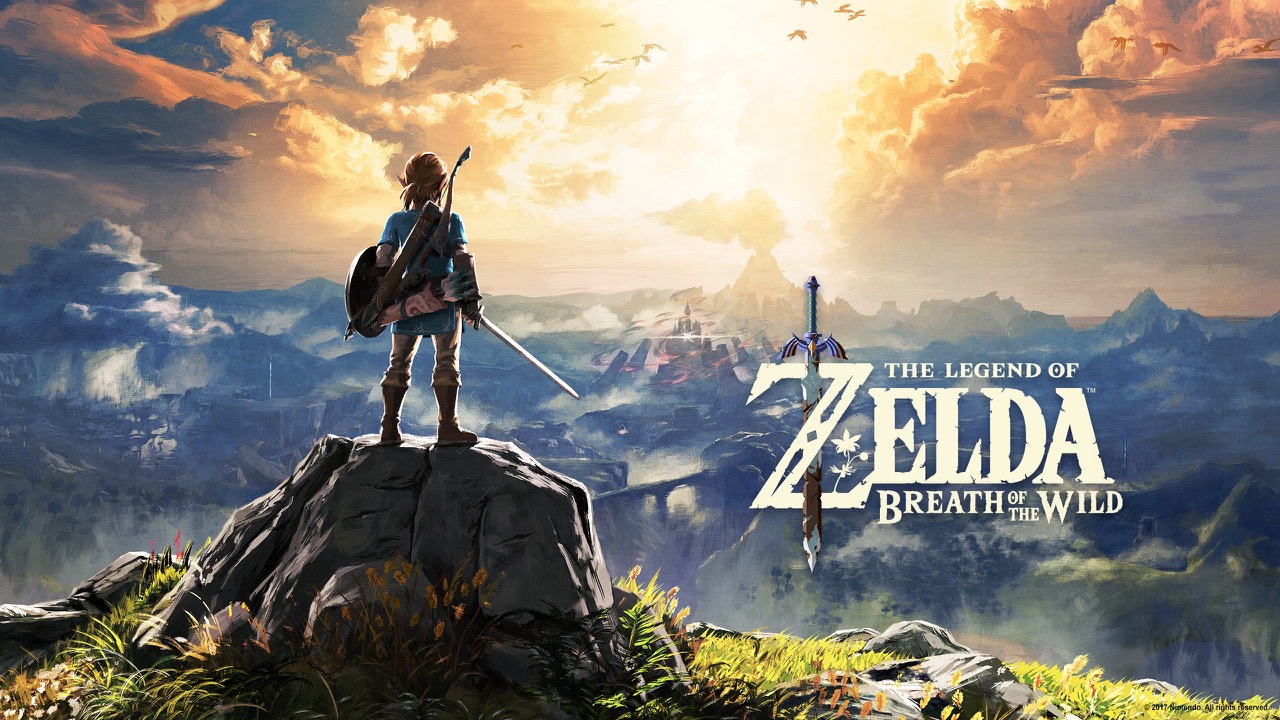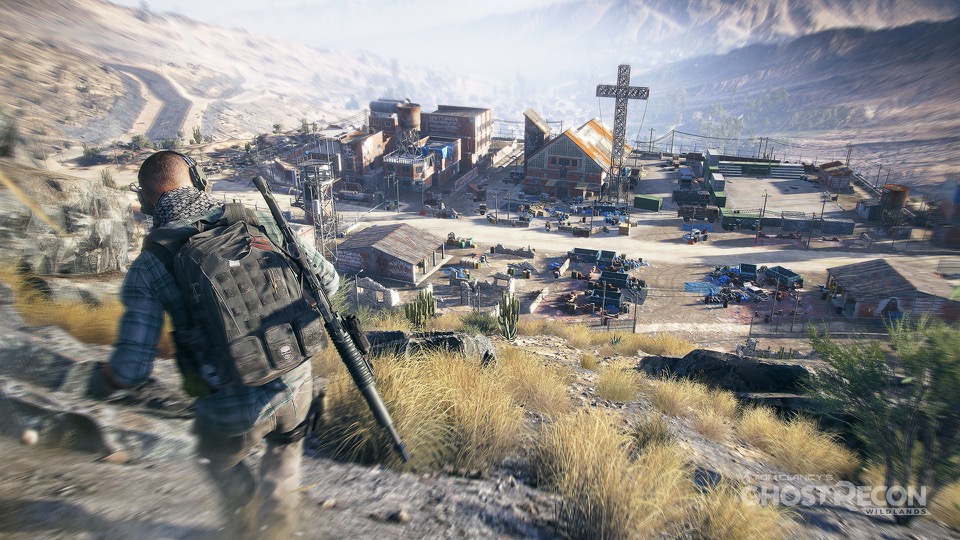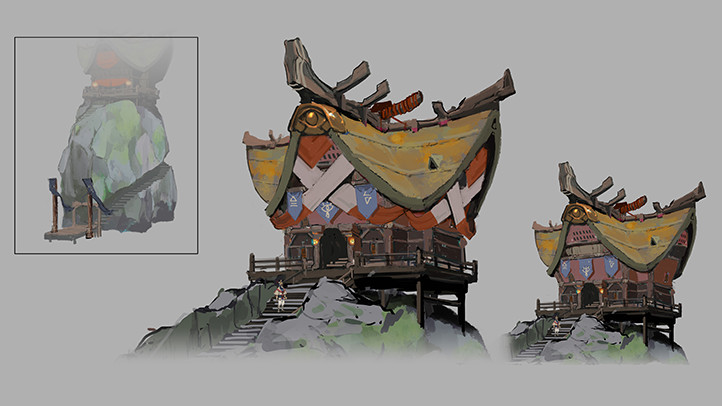Boundless Discover: The Majesty of Adventure in Games

Games as a medium are about letting you enter a new world, step into the shoes of someone else, and see majestic things. They are different from other kinds of media like film or literature because you have to interact with them. A movie will keep playing, a book will keep going, no matter how you wish to proceed through it, but a game requires you to interact with it, and this interaction can change the course of the story.
More and more games are being built around open worlds and non-linear experiences. They let us as players take this sense of adventure that is so inherent to games and amplify it, and there is no better example than The Legend of Zelda: Breath of the Wild.
—
It's harder than it initially appears to create a world that truly makes a player want to explore. Some entice you with achievements and unlockables, and some with hidden story beats to find.
But the truly rare ones make you want to explore just to see more of the world. They tease some instinct that we all carry that wants to climb to the top of a tree or trek over a mountain range simply to see what is on the other side. It’s a childlike sense of wonder at an unfamiliar world that we don’t get to see very often.
So many titles try to capture this. You can’t watch a publisher’s press conference without them revealing or talking about some big new open world game, and since the release of Skyrim around six years ago, we’ve been told countless times about how we can “walk to the top of that mountain” in the distance.But almost invariably, these worlds fail to arouse those feelings of adventure in us that would make us want to.

Earlier this year, I played Ghost Recon: Wildlands, and there were so many things about that open world that were cool or intriguing. It was one of the biggest games I’ve played in the last few years, and in many ways it seems like it should have been the perfect vehicle for an adventure.
But they didn’t make the world interesting to explore. It is big and it feels realistic to me, but after you’ve gone to your first village or seen the top of your first mountain, you’ve grasped the experience. After this point, nothing changes, and the game seems to stagnate.
And it is the same story for so many open world games, where you will complete an area, climb a tower, or explore a cave, and you’ve pretty much experienced all that there is to do. You just have to do it over or over again, except this time the textures or slightly different.
Put side by side with a game like Breath of the Wild, and it is easy to see how lacking some of the titles are. Breath of the Wild seems to have a sense of respect for its player, letting them loose into a very well crafted world and allowing them to make their own fun or challenges. In some ways it speaks to a newer kind of design philosophies from games like Minecraft where you are given a set of tools and a wide world as your playground. Except here your focus is not on creating a base or eking out a meager living from animals and ore. It’s to go on a massive adventure and stop evil.

The game is about adventure as much as it is about saving the world, and it is truly reflected in how you experience the game. The first time you scale a cliff by hand and look out over the map in front of you, you actually want to go out there.
It’s not like climbing a tower in Assassin’s Creed, where you do it just to collect all of the little marks on the map, not to experience the world. It fosters an environment where you actually feel motivated to make your own fun, go off the beaten path, and leave the story behind for once.
So how did they do it?
—
There are a lot of things about Zelda that come together to foster this atmosphere. From the story to the design and artstyle, to the character evolved along with the history of the game. The Legend of Zelda has always been a game about exploration, from being one of the early examples of an open world that lets you progress in your own order, to the consistent theme of its story, where Link has the courage to step out into the unknown to face a great evil and save his land from destruction.
If we go all the way back to the Ocarina of Time, Link starts as a young boy in a village tucked away in the woods. He lives a simple life, but it is also closed off from the rest of the world. There are a few houses to wander in and out of, some grass to run through, and a handful of non-player characters (NPCs) for flavor added in. Surrounding the village is a veritable wall of trees, towering overhead to block out the outside world.
But then you break past these walls, make it through the forest, and you can look out over the massive plains of Hyrule. You’ve been acclimated to a small world and now it is so much bigger, and you get to wander it to find out where to go.
The same kind of intro is in the original Legend of Zelda, where you walk into a cave with an old man. “It’s dangerous to go alone. Take this.” In one scene, it sets your expectations for the world and piques your curiosity. Danger and mystery certainly await, and one of the most fun parts about that game is mapping out the world. Poking through every corner to find everything that the game has to offer.
Breath of the Wild takes a slightly different approach. Part nostalgia and part curiosity, you start by waking up with no knowledge of what has happened or how you got there. You enter a world that is at once foreign, but yet strangely familiar. Pieces of old architecture poke up through the overgrown landscape like bones at an archeological dig. You see a castle that you’ve seen so many times before, but looking nothing like your memory. So you want to go there to see what has happened.
But you can’t go. You’re stuck on a plateau and you have to find your way off. There is a great evil threatening the world and you have to find out what it is. You trek all over this huge world to find dungeons and ancient beasts and massive underground puzzles. But in between your major quest points, there is so much to find and do. The climbing system turns the entire world with a veritable jungle gym.
You have to explore the world to find your goals and as you do, you learn that the world itself is more interesting than the story. It is a colorful world, a vibrant world that draws the eye and keeps you engaged. Unlike the drab grays and browns of more “realistic” worlds that just start to blend together, the environment here has a huge amount of individuality.
It’s refreshing to see when we are inundated with so many boring color palettes, and it makes running through grassy meadows or twinkling brooks into an adventure ripped from the pages of a children’s book.
So many things come together to entice you to step away from the beaten path and onto your own adventure. It’s in the name of the game itself. You take a “breath of the wild” and once you have a taste, you can’t get enough of the world. Breath of the Wild has one of the best worlds that I’ve seen in a long time in a game because it prizes not only size, but the substance within it.
_____________________________________________

Tom has been writing about media since he was a senior in high school. He likes long walks on the beach, dark liquor, and when characters reload guns in action movies.
You Might Also Like:
E3: Where Do Games Go From HereAnatomy of a Film: Inglourious Basterds
Situation Invincibility and How it is Ruining Action Movies
_____________________________________________
Images courtesy of Ubisoft and Nintendo